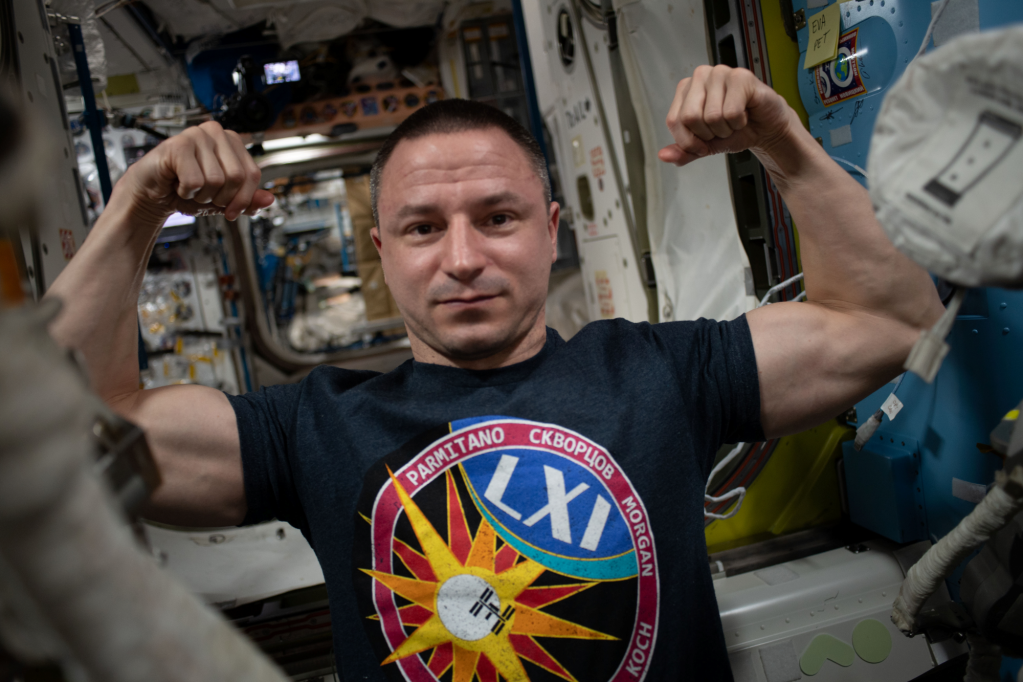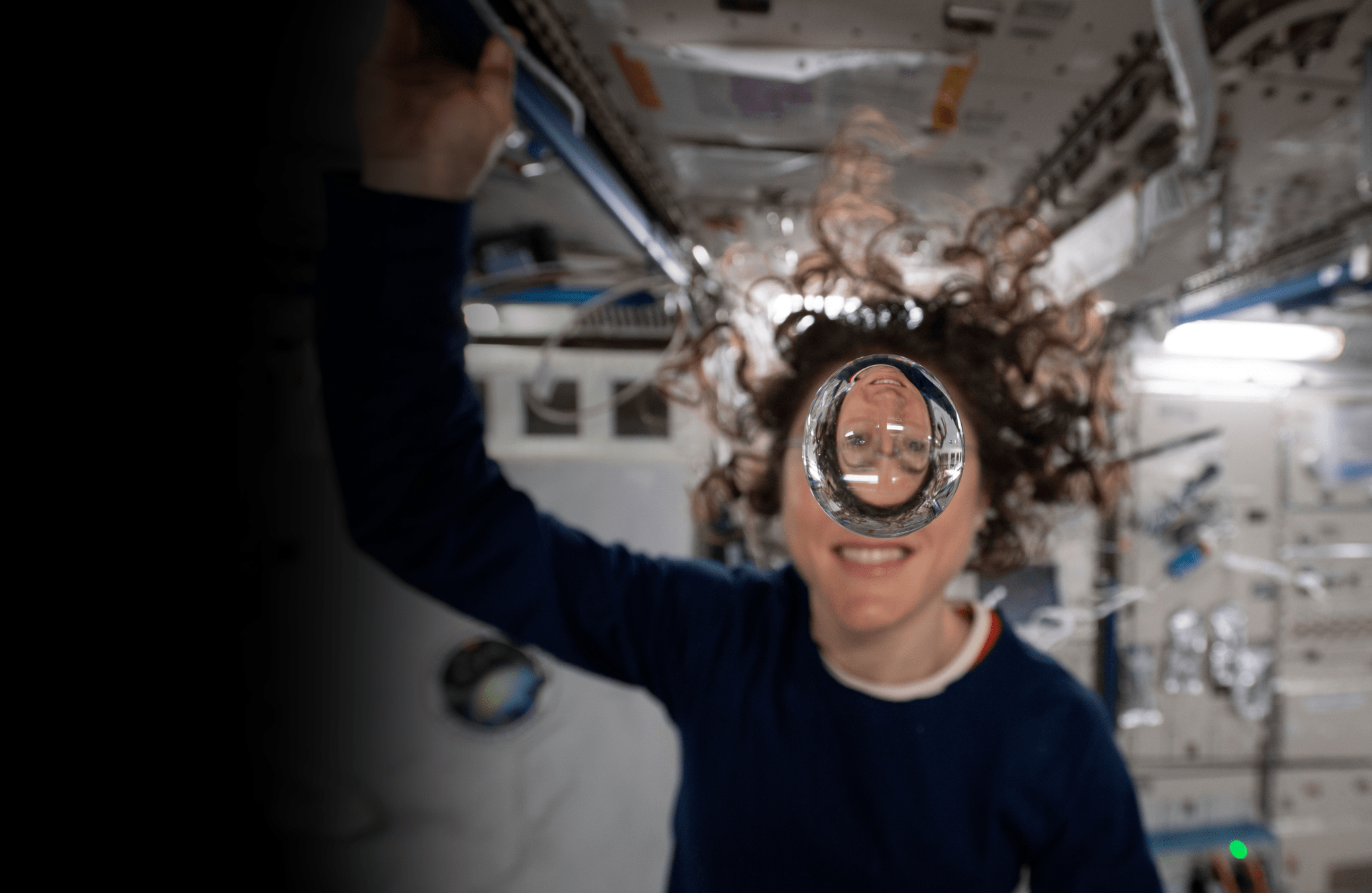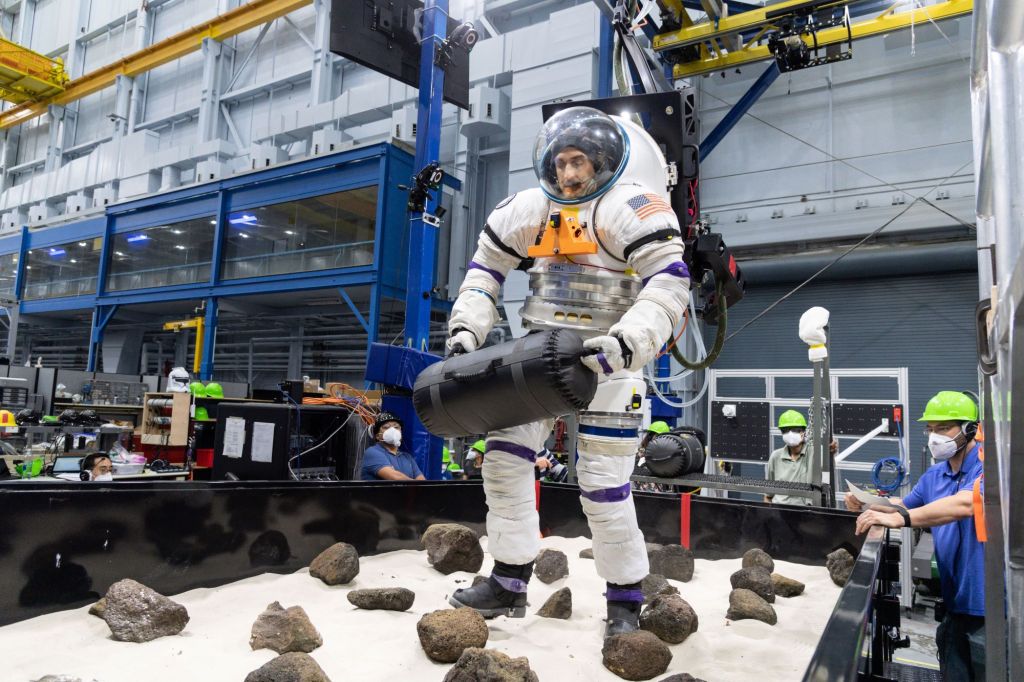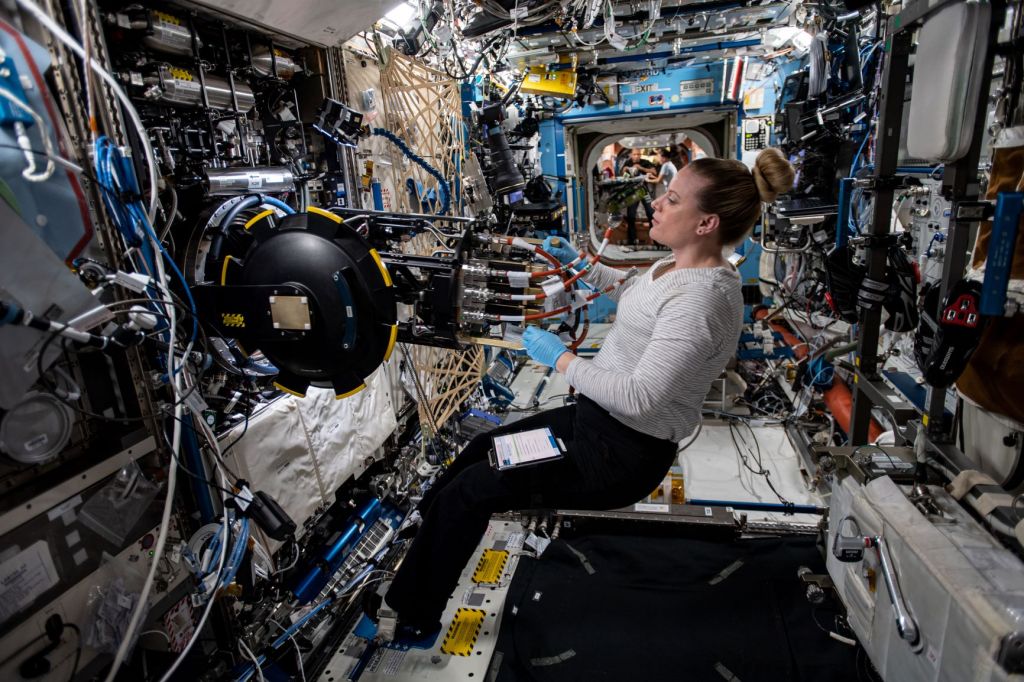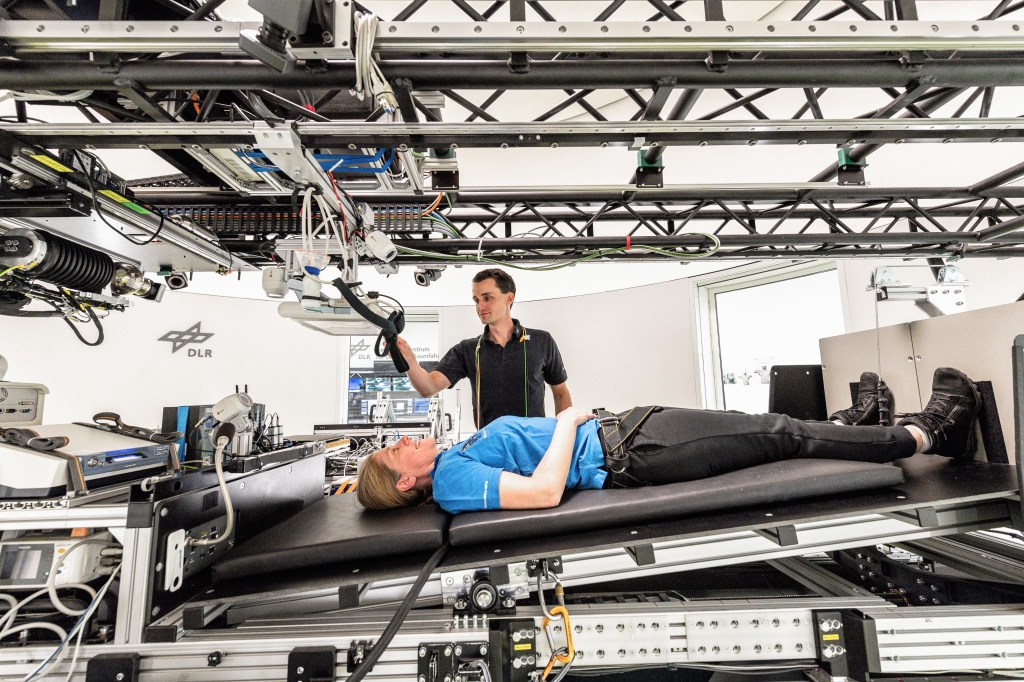Astronauts will encounter three different gravity fields on a Mars mission. On the six-month trek between the planets, crews will be weightless. While living and working on Mars, crews will be in approximately one-third of Earth’s gravity. Finally, upon returning home, crews will have to readapt to Earth’s gravity.
Switching from one gravity field to another is trickier than it sounds. The transition affects spatial orientation, head-eye and hand-eye coordination, balance, and locomotion, with some crew members experiencing space motion sickness.
Landing a spacecraft on Mars could be challenging as astronauts adjust to the gravity field of another celestial body. When shifting from weightlessness to gravity, astronauts may even experience lightheadedness and fainting.
Without the continuous load of Earth’s gravity, weight-bearing bones lose on average 1% to 1.5% of mineral density per month during spaceflight. Water and other fluids in the body shift upward to the head, which may put pressure on the eyes and cause vision problems. If preventive measures are not implemented, crews may experience an increased risk of developing kidney stones due to dehydration and increased excretion of calcium from their bones.
Learn more about how NASA studies the effects of gravity transitions on the human body:
Related Articles
Gravity Research and Training Platforms
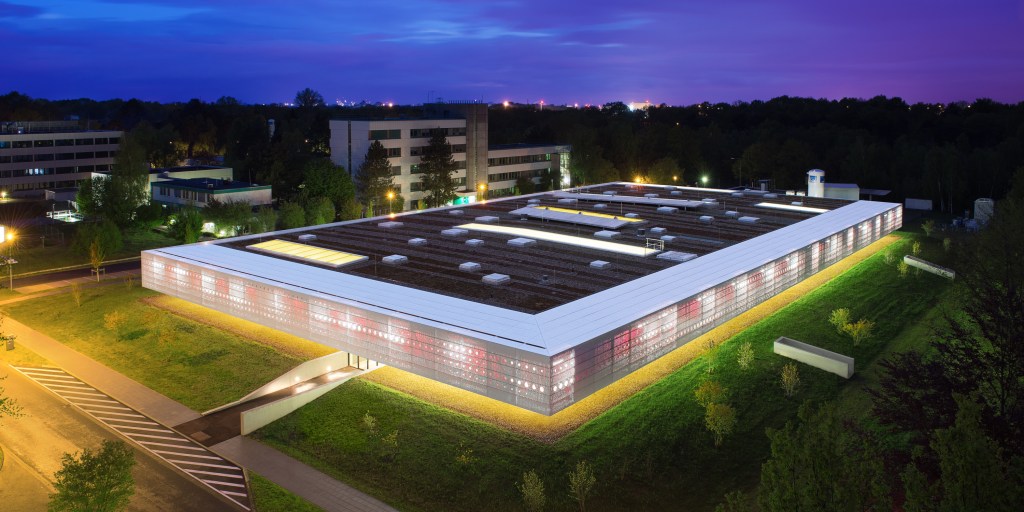
:envihab
Operated by the German Space Agency (DLR), this research facility allows NASA researchers to study how low gravity—simulated by continuous bed rest with the head tilted down— affects the eyes and the brain.
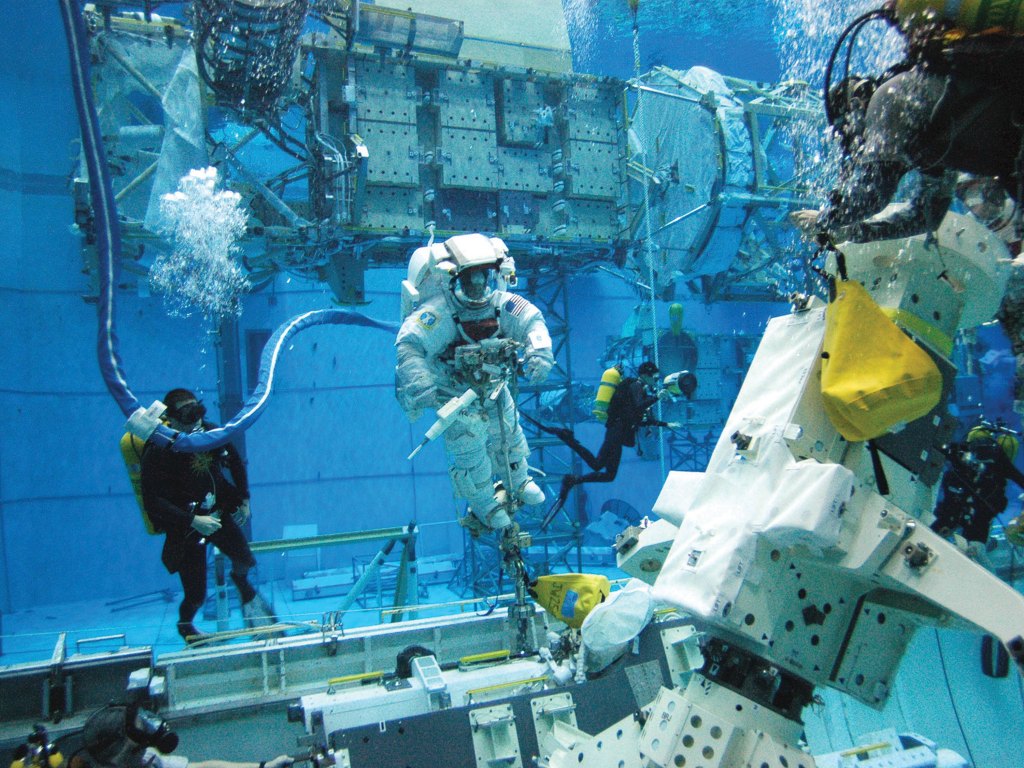
Neutral Buoyancy Laboratory
A 6.2-million-gallon pool at the NASA Johnson Space Center in Houston allows researchers and astronaut trainers to manipulate buoyancy to simulate partial gravity.
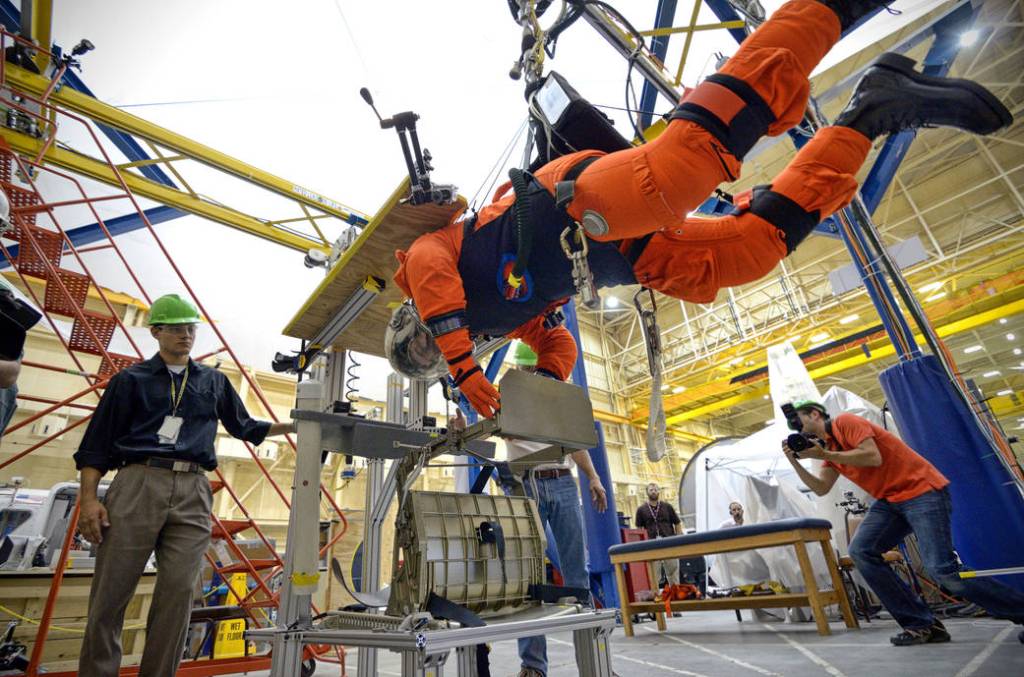
ARGOS
The Active Response Gravity Offload System (ARGOS) simulates different gravity fields by connecting astronauts to an overhead crane that senses their actions. The system then lifts, moves, and descends the astronauts as if they had performed their actions in partial gravity
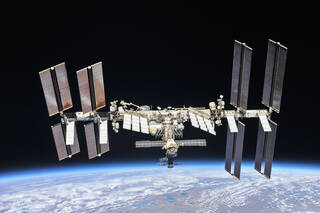
International Space Station
Research conducted on the space station helps NASA scientists better understand and manage the health effects of long-duration missions, including those related to microgravity.
Podcast: Gravity and Health in Space
In an episode of "Houston, We Have a Podcast," a NASA scientist describes how transitioning between gravity fields affects human health.
Listen to Houston We Have a Podcast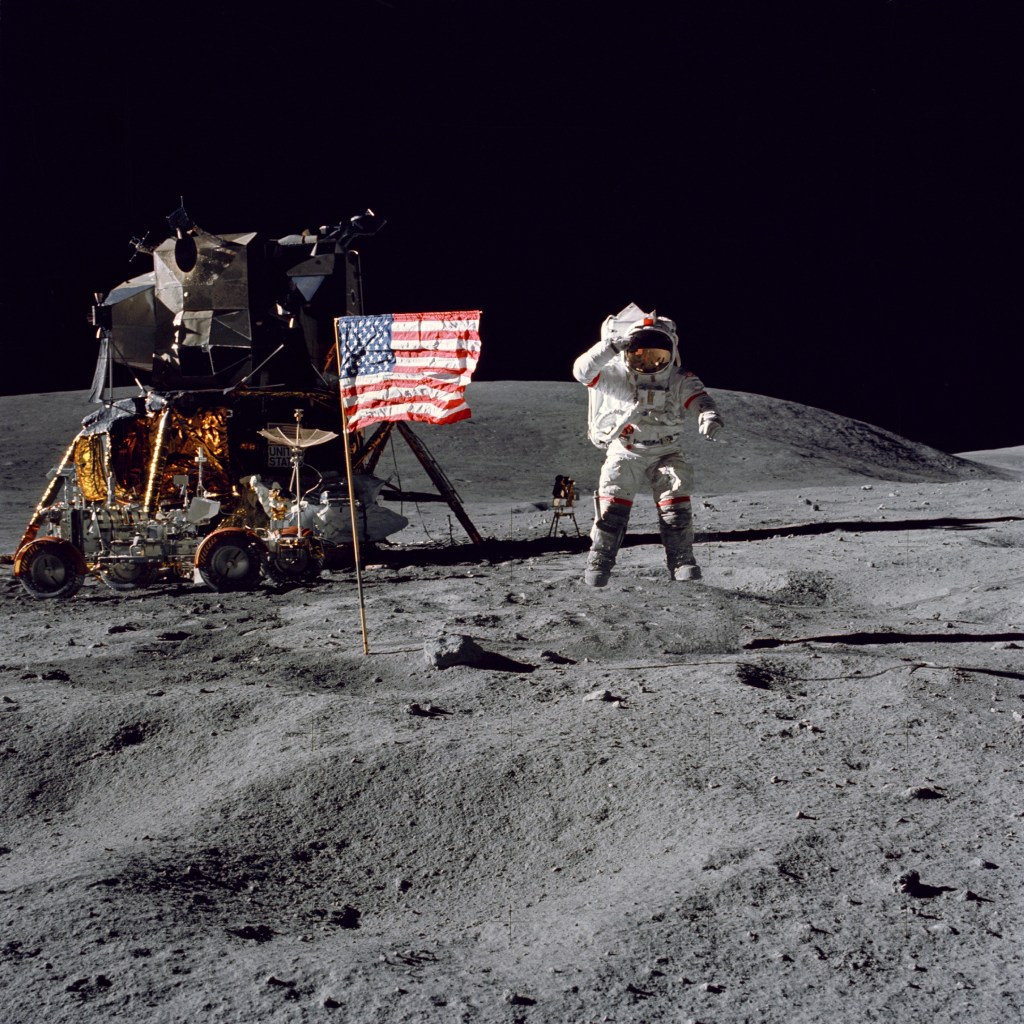
The Human Body in Space
For more than 50 years, NASA’s Human Research Program (HRP) has studied what happens to the human body in space. Researchers…
Read the Story